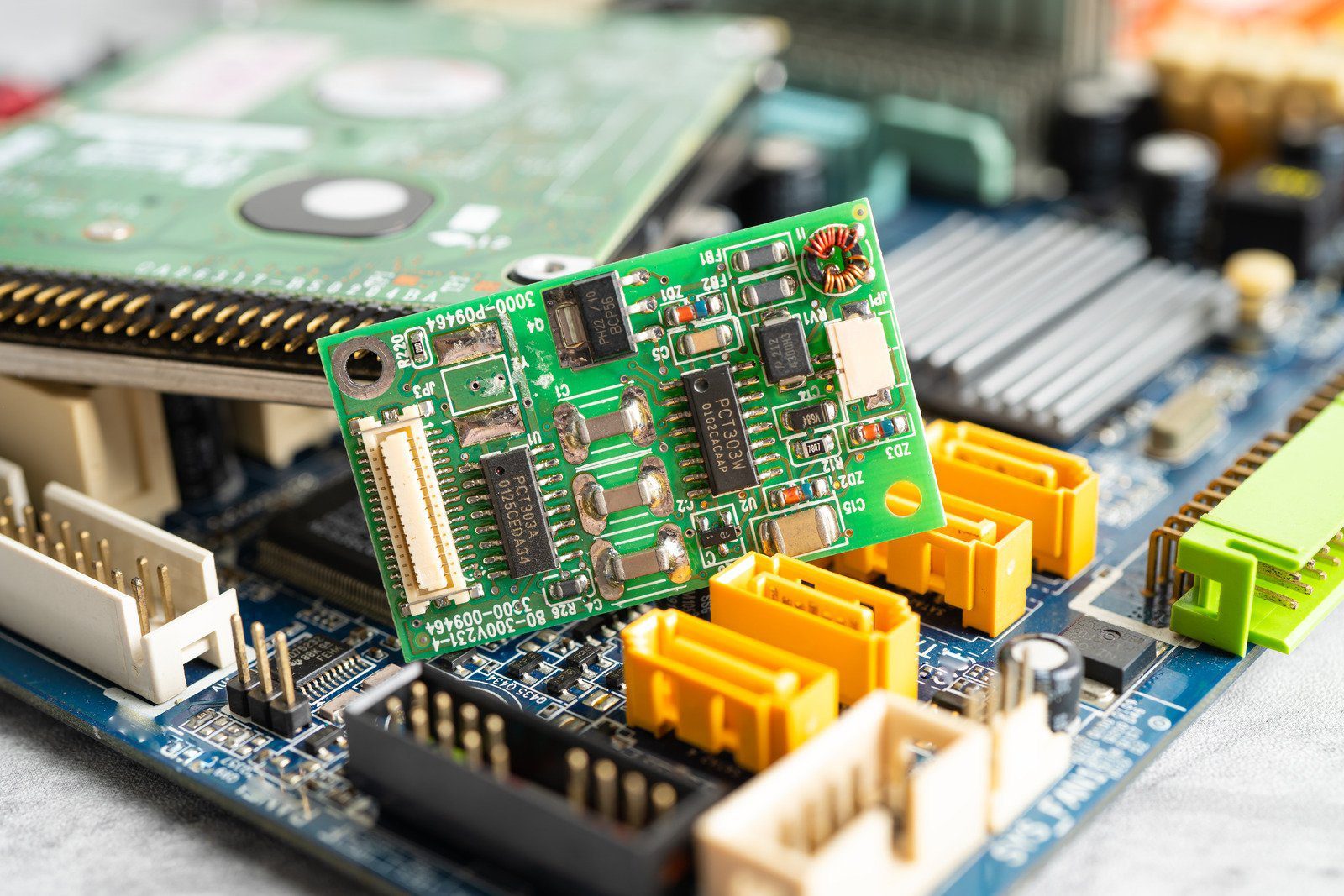Hollywood often portrays automation as the harbinger of a dystopian future, with robots taking over jobs and posing an existential threat to humanity. While the reality is far less dramatic, automation is undeniably transforming our world. This article explores the rise of automation in various sectors, examines its impact on jobs and the workforce, and delves into the opportunities and challenges it presents for the future.
From Steam Engines to Smart Machines: A Historical Glimpse into Automation
Automation is not a new phenomenon. The Industrial Revolution marked a significant shift, with steam engines and other machines replacing human labor in manufacturing. Over time, automation has continued to evolve, driven by advancements in technology, particularly in artificial intelligence (AI) and robotics.
Here’s a historical timeline of automation’s progressive influence:
- Industrial Revolution: The use of steam engines and assembly lines revolutionized manufacturing, replacing many manual jobs.
- Rise of Robotics: The development of industrial robots in the mid-20th century further automated tasks in factories and assembly lines.
- The Information Age: The rise of computers and information technology led to automation in office tasks, data processing, and communication.
- The Age of AI: Advancements in AI are leading to a new wave of automation, with machines capable of performing complex tasks previously thought to be the exclusive domain of humans.
Today, automation permeates various sectors, from manufacturing and logistics to healthcare and customer service. As technology advances, we can expect its influence to expand even further.
Beyond the Factory Floor: Exploring Automation Across Industries
Automation is impacting various industries beyond the traditional manufacturing sector:
- Manufacturing: Industrial robots have become commonplace, performing tasks like welding, assembly, and painting with greater precision and efficiency.
- Logistics and Transportation: Autonomous vehicles and warehouse robots are transforming the logistics landscape, optimizing delivery routes and automating warehouse operations.
- Healthcare: AI-powered systems assist doctors in diagnostics, surgery, and personalized medicine. Automation is also streamlining administrative tasks in healthcare settings.
- Customer Service: Chatbots powered by AI are increasingly used for customer service inquiries, offering 24/7 support and automating basic troubleshooting tasks.
- Finance and Banking: Algorithmic trading and automated financial analysis are transforming the financial services industry, impacting investment strategies and risk management.
While automation promises increased efficiency and productivity, it also raises concerns about job displacement and the future of work.
The Shifting Landscape: Automation’s Impact on Jobs and the Workforce
The rise of automation presents both challenges and opportunities in the job market:
- Job Displacement: Certain tasks, particularly those that are repetitive and rule-based, are at high risk of being automated. This could lead to job losses in industries like manufacturing and data entry.
- Reskilling and Upskilling: The workforce will need to adapt to the changing landscape. Educational programs and training initiatives will be crucial for reskilling and upskilling workers to thrive in an automated future.
- The Rise of New Jobs: Automation will also create new job opportunities in fields like robotics, AI development, and data science. The focus will shift towards roles that require creativity, critical thinking, and human-centered skills.
- The Rise of the Gig Economy: Automation may contribute to the growth of the gig economy, with more flexible work arrangements and a rise in freelance and project-based jobs.
- Universal Basic Income (UBI): As automation disrupts the traditional job market, the concept of UBI is gaining traction. UBI proposes providing a guaranteed income to all citizens, regardless of employment status.
Navigating the impact of automation on the workforce requires proactive measures from governments, businesses, and educational institutions. Adapting our education systems to prepare individuals for the jobs of tomorrow is paramount.
Beyond the Hype: Opportunities and Challenges in an Automated Future
Automation presents a multitude of opportunities, not just for businesses but for society as a whole:
- Increased Efficiency and Productivity: Automation can streamline processes, increase productivity, and optimize resource utilization. This can lead to cost reductions and more competitive products and services.
- Improved Safety: Automating hazardous jobs can protect workers from injuries and fatalities. Robots can handle tasks in dangerous environments, minimizing human risk.
- Enhanced Product Quality: Automation can ensure consistent quality control and minimize human error in manufacturing and production processes.
- Innovation and New Technologies: Automation can spur innovation as businesses invest in developing new technologies and exploring new avenues for automation.
However, significant challenges need to be addressed to ensure a smooth transition and reap the benefits of automation:
- Ethical Considerations: Questions regarding bias in AI algorithms and the ethical implications of automated decision-making require careful consideration and regulations.
- **Income Inequality
















